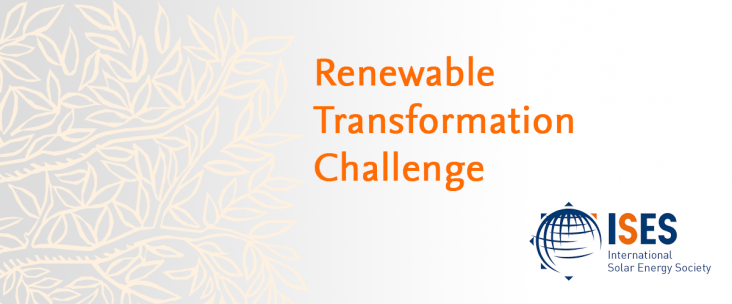Elsevier,
Clean Energy and Resources Recovery, Biomass Waste Based Biorefineries, Volume 1, 2021, Pages 1-24
This chapter advances SDG 7, 11, and 13 by presenting the different ways valorizing agricultural residues for energy production, as a sustainable alternative to carbon emitting fossil fuels, while simultaneously reducing agricultural waste products.

To limit global warming to well-below 2°C (WB2C), fossil fuels must be replaced by low-carbon energy sources. Support for this transition is often dampened by the impact on fossil fuel jobs.
Owing to its versatility, biomass can be used for a range of CO2 mitigation and removal options.

Elsevier and the International Solar Energy Society (ISES) are pleased to announce the third biennial Renewable Transformation Challenge. If you have an innovative proposal which contributes to the goal of transitioning to 100% renewable energy, submit your application for a chance to win €20,000.
The lock down engendered by COVID-19 pandemic has impacted positively on the environment through reduction of the emissions of green house gases, CO2, CO and other pollutants into the atmosphere below
Local authorities in the United Kingdom are recognised by central government as key agents to achieving the national net zero target aimed at stabilising global temperatures at or below 1.5 degrees in
Despite the improvement in technologies for the production of alternative fuels (AFs), and the needs for using more AFs for motor vehicles for the reductions in air pollution and greenhouse gases,

To show the importance of climate action and to celebrate the more than 5-year collaboration between the Elsevier Chemistry journals department and the Elsevier Foundation, we have compiled this special issue, highlighting top chemistry content related to SDG 13 and providing information on past winners of the Green & Sustainable Chemistry Challenge.
The 2030 Climate and Energy Framework set three key targets for the year 2030 on greenhouse gas emissions reduction, renewable energy share and energy efficiency.
Supports wind energy
